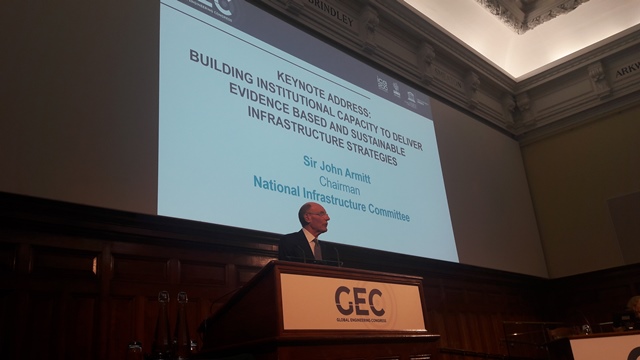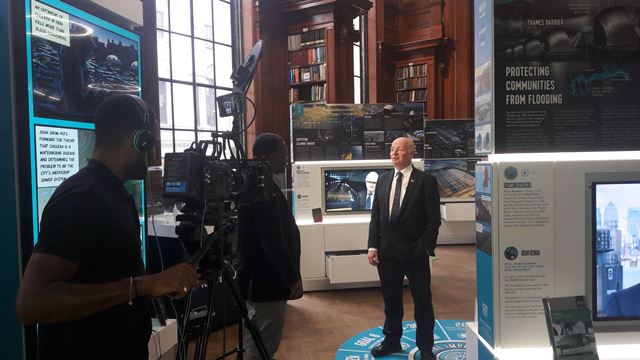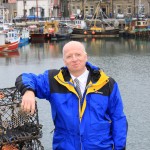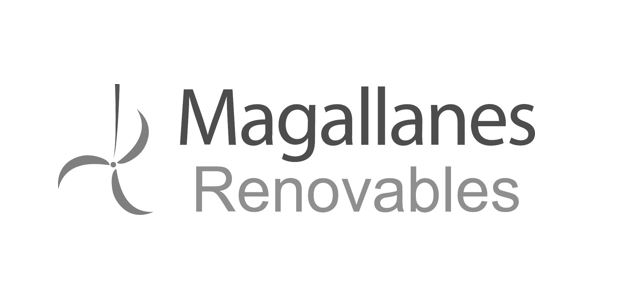Blog: Is a Great Stink on the horizon for climate change?
EMEC’s Managing Director, Neil Kermode, attended the Global Engineering Congress at the Institution of Civil Engineers (ICE) last week and has returned encouraged that the corridors of power are waking up to the need to tackle climate change.
But will it take an equivalent ‘Great Stink’ to compel them to act?
I had the good fortune to attend the Global Engineering Congress last week.
To say it was an eye-opener would be a gross understatement.
Having been trained as a civil engineer and attended events at ICE for over 40 years it was remarkable to see how the profession has, at last, grasped the task ahead of us in dealing with climate change.
I can vividly recall past lectures showing the stunning construction works undertaken over the Institution’s illustrious 200-year history right up to the mega projects of today.
I also recall frustrating lectures on the environment when the sole environmental improvement seemed to be in the colour of the lighting of a road being driven through some pristine wildlife site!
Sometimes the gulf between civil engineers and the ‘greenies’ seemed unbridgeable. However this week has shown how this is now a bridge under construction.
The main thrust of the event was how the engineering professions are going to deliver UNESCO’s 17 Sustainable Development Goals.
There were engineers present from around 50 countries amongst the 600+ delegates. The place was buzzing with enthusiasm for the possible.
It was clear from the number of past ICE Presidents among droves of students and graduates that this was an excitement that bridged the ages and crossed the disciplines.
Frankly when the man who delivered all the infrastructure for the Olympics and now chairs the National Infrastructure Commission (Sir John Armitt) tells you that climate change is a clear and present threat, and that government expenditure needs to double from the 1.2% of GDP promised to tackle it then you know this is a message that is also being heard in the corridors of power.
This is not just a bunch of the usual green suspects on well-worn hobby-horses talking to each-other. This absolutely is the establishment waking up and mobilising.

Sir John Armitt speaking at the 2018 Global Engineering Conference last week in London
Of course it is not clear that all of Government is yet listening. The scale of the need is probably understood in Westminster, but as of yet the political will to commit sufficient resource to it is not there – this was demonstrated in the Budget announcement this week.
But in my opinion it is just a matter of time: Westminster can feel the way the mood is shifting and the need for action is becoming impossible to ignore.
In the library of the Institution there is an excellent free exhibition showing some of the great civil engineering projects of the last 200 years including: Telford’s docks, the world’s first railway, The Thames Barrier, Dinorwig pumped water storage scheme, Cross Rail, the Welsh water supplies for the UK’s great cities and Joseph Bazalgette’s sewer system for London.
And I am delighted that EMEC’s work is also featured alongside them as pioneering the engineering of the future.

EMEC’s Managing Director, Neil Kermode, being filmed earlier this year in the library of the Institution of Civil Engineers (ICE) after EMEC was recognised as one of ICE’s top 200 influencing world projects.
Comparing the Bazalgette scheme with renewables is also surprisingly illuminating.
In his day there were terrible problems in the rapidly developing metropolis of London caused by sewage. Inadequate provision for human waste had turned the Thames into an open sewer. Cholera was rife, the smell was unbearable and people died. Plans had been drawn up to deal with the problem, but they could not get support of government until the ‘Great Stink’ in 1858 when the Thames was so fetid that the smell prevented the Houses of Parliament from operating. In a matter of days, the money was found for Joseph Bazalgette’s dramatic plans.
These works led to the shape of the Thames we see today with the embankment formed to confine the river and in doing so created the space to put in interceptor sewers to stop the sewage getting to the river. The space also allowed the construction of the tube lines along the north side of the river and created dry land ripe for development. So, tackling one problem solved three and so added value to the economy.
The scheme was terribly disruptive to London for years with huge brick structures buried in the streets and a maze of tunnels being built. But the engineers of the time had the foresight to oversize the pipes and the scheme stood London in good stead for nearly 150 years allowing it to become a world class city.
So here we stand, some 160 years later faced now by not a great stink, but a suffocating blanket of carbon dioxide. The clamour to ‘do something’ is beginning and the plans are starting to be drawn up.
But is this the moment when the swell of public opinion begins to permeate the corridors of power? Well it might well be based on what I have seen last week.
Do the public support this? From the Government’s own figures the answer is clearly ‘Yes’. BEIS undertake and publish quarterly opinion polls. The Wave 24 report published in April showed a consistently rising support for renewables in general (85%) and specifically 81% for wave and tidal: support levels that are rarely seen for many schemes other than the NHS!
The report also looks at consumers’ views on cost, security of supply and a number of other energy sources. Given the present stushie over fracking it is interesting to note that it only gets 32% support and nuclear after 60 years of operation still only gets 38%.
Clearly an energy policy based on fracking and nuclear is going to have an uphill struggle for support, but marine already has the support it needs.
You’d think it was a bit of a ‘no-brainer’. But then again Bazalgette probably could not understand why his great plans for solving Cholera in his capital city were ignored…right up until the day of the Great Stink made his scheme the no-regrets choice.
So, as we see the ever more obvious effects of climate change bite, it will be interesting (and most likely bittersweet) to see what our ‘Great Stink’ will be!

Neil Kermode, Managing Director, EMEC (Credit: Tom O’Brien)





